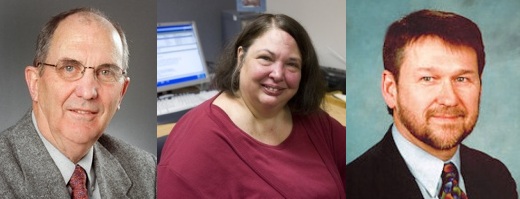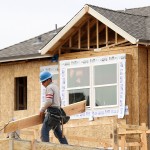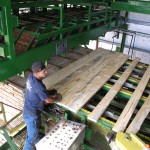The Three R’s: Recession, Recovery, Relevance
Idaho’s economy, like the national economy, has technically been in recovery mode since June 2009. That’s when the latest recession ended. It lasted 18 months, from December 2007 until June 2009. The National Bureau of Economic Research is the group of independent economists that makes these declarations.
Here at StateImpact Idaho, we’re trying to find out if these declarations really mean anything. So we spoke with three local economists. Each agrees a recession is loosely defined as a prolonged downturn in the economy. It’s when gross domestic product doesn’t increase over a period of time and the production of goods and services stalls.
Here’s a table that shows Idaho’s gross state product in millions of dollars:
[spreadsheet key=”0AiLU6Cs5LWZIdG10WmZyNTN5dm1tSU4xTHphRnQ5c1E” source=”U.S. Bureau of Economic Analysis” sheet=0 filter=0 paginate=0 sortable=1]
Boise State University Economics Professor Don Holley says the signs of recovery are there. He says unemployment has leveled off, home sales have stopped going down as fast as they were and auto sales are up from a year ago. “If we were still (technically) in a recession, if things were still going down, it’d be much worse” says Holley. Still, Holley points out, two years after the recession, Idaho isn’t back to economic productivity seen at the peak in 2007.

Boise State University, Spokesman Review, State of Idaho
Don Holley, BSU Econ Professor; Kathryn Tacke, Idaho Dept. of Labor Economist; Mike Ferguson, Idaho Center for Fiscal Policy
Kathryn Tacke is a regional economist with the Idaho Department of Labor in Lewiston. She monitors five north-central Idaho counties. Unemployment in her region was at 9.0 percent in August, lower than the state average of 9.2 percent (September numbers come out Friday). Clearwater County and Idaho County unemployment figures are much higher, 16.4 and 12 percent, respectively. “We have a lot of folks who are out of work and have been for a long time,” says Tacke. “What’s even more scary, is for a lot of people, even when they do find work again, they’re going to be further behind with skills.”
Tacke says north-central Idaho’s lumber industry is back to pre-recession levels, and private companies like ATK Inc. have added jobs to the region. She says the growth is slow. “For the average person, it’s hard to tell the difference between the recession and the recovery because it’s not having that much impact on wages and salaries, their ability to find jobs and their wealth,” says Tacke.
Director of The Idaho Center for Fiscal Policy Mike Ferguson says the labor force in this downturn is in the worse shape it’s been in since the Depression. “It’s off the charts,” says Ferguson, “It’s almost like economists who are focusing on this narrow view of what constitutes a recession have almost made themselves irrelevant.”
Still, Don Holley says the choice of words matter. He says because we’re technically in a recovery and out of the Recession, things aren’t as risky as they were before. “Two years ago if you got laid off, chances are you’d be laid off for 6-12 months, now you won’t be able to find work for 5-9 months. It’s still tough, but not quite as bad,” he says.
Holley, and other economists often compare this downturn to what happened during the Great Depression. Holley points out it lasted from 1929-1941, “but technically, from the point of view of the economist, the Depression only lasted from 1929-1933.”
In other words, Holley says, we’re in for a long, slow recovery.
We want to hear from you. What do the words recession and recovery mean to you?



